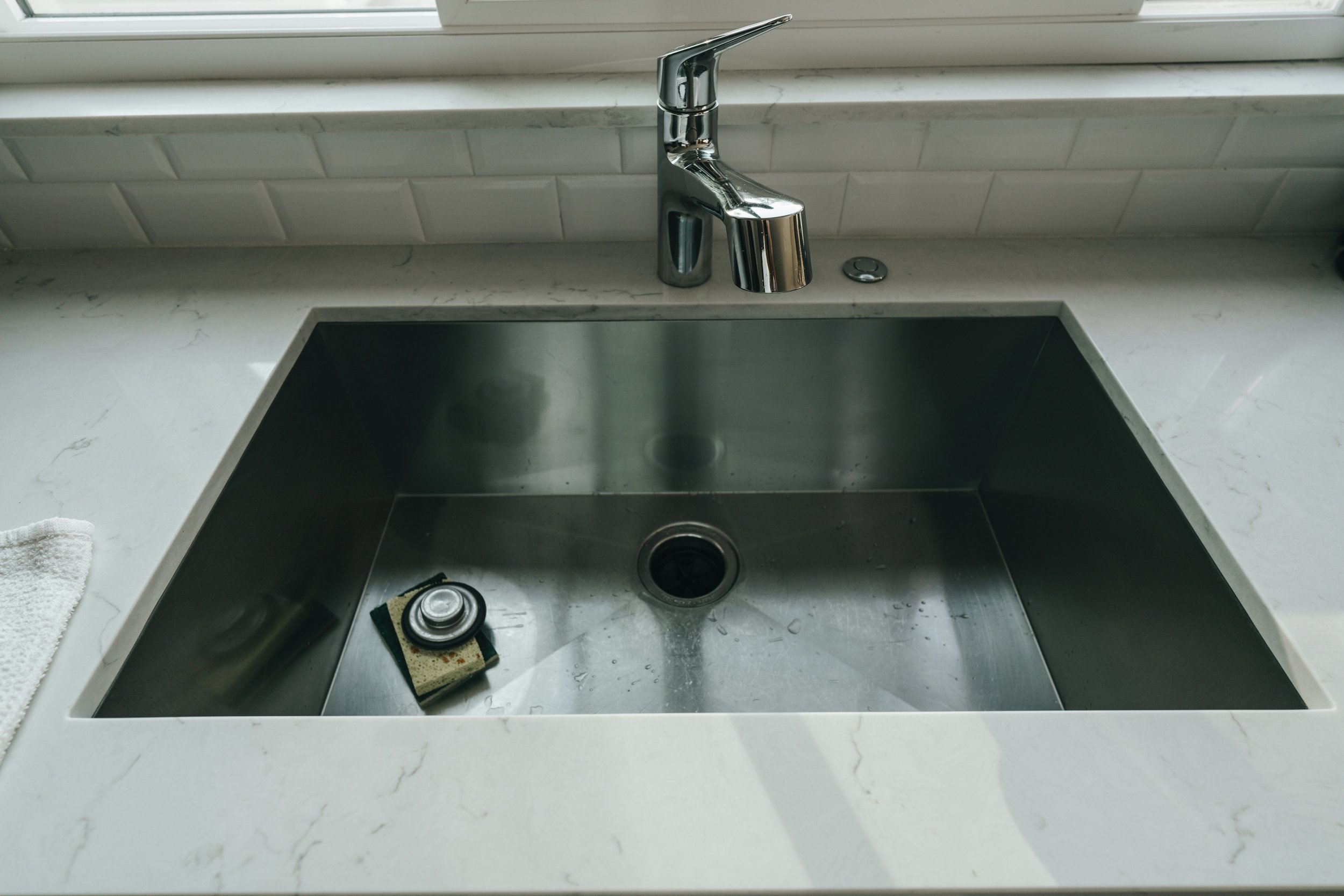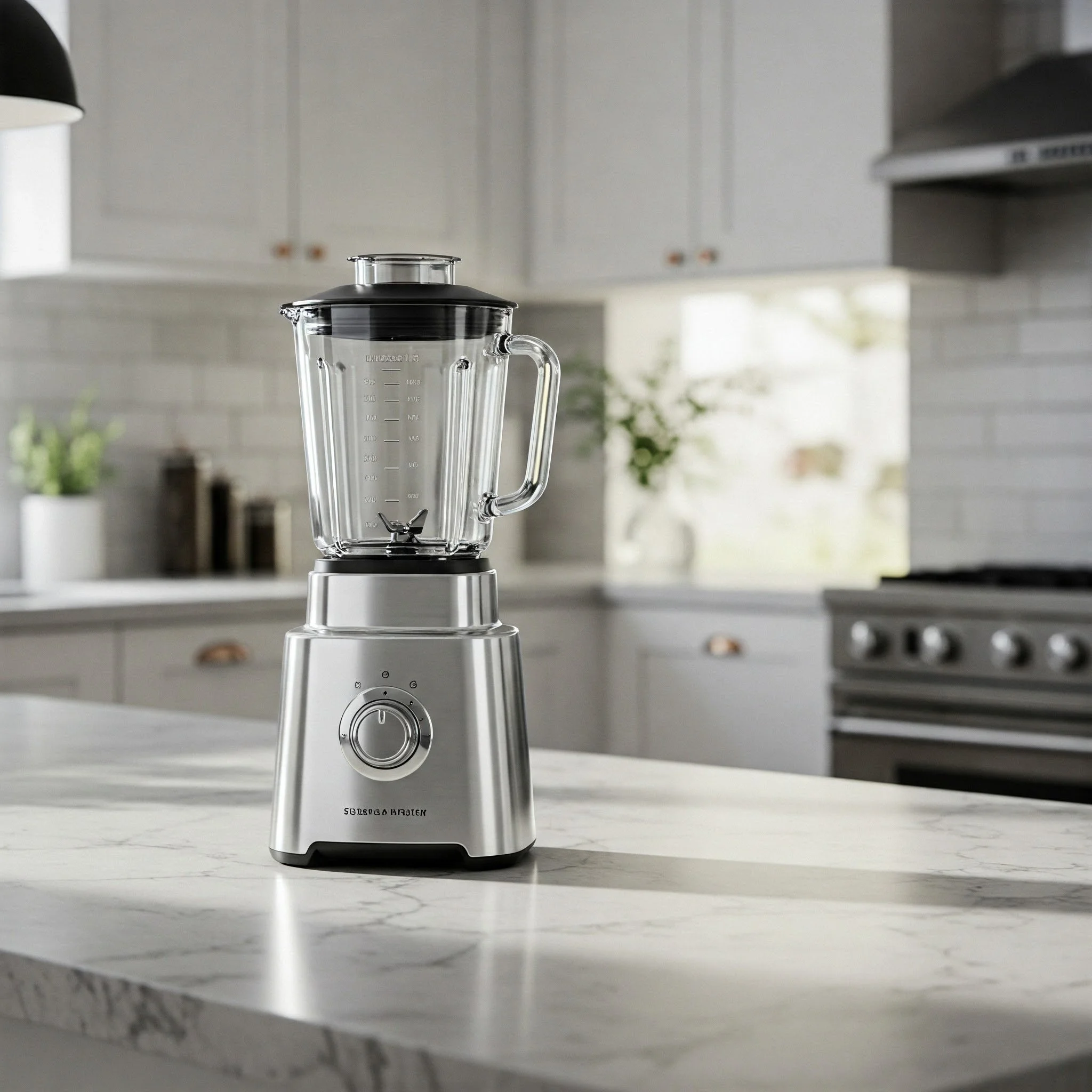Learn How to Unclog Garbage Disposal Easily
Discover effective and straightforward methods to unclog your garbage disposal easily. This guide provides step-by-step instructions, essential tools, and expert tips to get your disposal running smoothly again.
We’ve all been there: the kitchen sink is backing up, and the garbage disposal is clogged. It’s frustrating, inconvenient, and can even be a bit gross. But don’t worry! You don’t need to call a plumber every time this happens. With a little know-how and some basic tools, you can learn how to unclog garbage disposal easily. This comprehensive guide will walk you through the process step-by-step, so you can get back to your daily routine without missing a beat.
Why Does Garbage Disposal Get Clogged?
Before we dive into the nitty-gritty of unclogging your garbage disposal, it’s helpful to understand why these clogs happen in the first place. Knowing the root causes can help you prevent future issues.
Common Causes of Clogs
Food Waste: Large chunks of food or fibrous materials like celery and potato peels can jam the disposal.
Grease and Fat: Pouring grease or fat down the drain can solidify and cause blockages.
Non-Food Items: Accidentally dropping non-food items like utensils or sponges into the disposal can create clogs.
Overloading: Trying to grind too much food waste at once can overwhelm the system.
Tools You’ll Need
Before you start, gather these essential tools:
Flashlight: To see inside the disposal.
Hex (Allen) wrench: Usually provided with your disposal unit.
Tongs or pliers: For removing debris.
Bucket: To catch any water or debris.
Dish soap: To clean the disposal.
Hot water: To flush out the system.
Plunger: Optional, for stubborn clogs.
Safety First
Safety should always be your top priority when working with a garbage disposal. Here are a few crucial safety tips:
Turn off the power: Unplug the disposal or turn off the circuit breaker before you start.
Avoid using your hands: Never put your hands directly into the disposal.
Use tools: Use tongs or pliers to remove debris.
Step-by-Step Guide on How to Unclog Garbage Disposal Easily
Step 1: Inspect the Disposal
Start by inspecting the disposal to identify the source of the clog. A thorough inspection is crucial for effective troubleshooting.
First, ensure your safety by turning off the power. Unplug the disposal or switch off the circuit breaker dedicated to the kitchen. This step is essential to prevent any accidental activation of the disposal while you're working on it, which could lead to serious injuries.
Next, shine a flashlight into the disposal. This will illuminate the interior, making it easier to spot any obstructions. A flashlight with a flexible neck or a headlamp can be particularly useful for getting a good view inside the disposal.
Identify the clog by looking for any visible debris or blockages. Common culprits include food scraps, utensils, or small objects that may have accidentally fallen into the disposal. Be thorough in your inspection, as the clog might not always be immediately obvious. Sometimes, it can be hidden deeper in the disposal or in the connecting pipes.
If you notice any large pieces of debris, use tongs or pliers to carefully remove them. Never use your hands, as the blades can be very sharp and could cause injury. By following these steps, you can safely and effectively identify the source of the clog and prepare to clear it.
Step 2: Use the Hex Wrench
Most garbage disposals are equipped with a manual reset option that utilizes a hex wrench. This feature is incredibly helpful for resolving jams without having to call in professional assistance.
To start, locate the hex socket. It's typically found at the bottom center of the disposal unit. This small, often hexagonal hole is designed for manual operation of the disposal's internal mechanisms.
Next, insert the hex wrench into the socket. Most disposals come with a specific hex wrench for this purpose, but if you don't have it, a standard hex wrench of the appropriate size should work just as well. Once the wrench is securely inserted into the socket, use it to turn the disposal's rotor back and forth. This manual rotation helps to dislodge any obstructions that may be preventing the blades from moving freely.
Rotate the wrench in both directions several times. You should feel some resistance if there is a blockage, but with a bit of effort, the wrench should begin to turn more easily as the obstruction is cleared. This process can help free up stuck food particles, small utensils, or other debris that might be causing the jam.
By using the hex wrench to manually rotate the blades, you can often resolve clogs and restore the disposal to proper working condition without having to dismantle the unit or seek professional help. Remember to always ensure the disposal's power is off before attempting this procedure to avoid any risk of injury.
Step 3: Remove Visible Debris
If you see any visible debris inside the disposal, it's important to remove it carefully to prevent further blockages or damage. Using tongs or pliers specifically designated for kitchen use, grasp the debris firmly and pull it out of the disposal. Be cautious not to force anything into the disposal that could potentially damage the blades or other internal components.
After removing visible debris, it's a good idea to check the drain as well. Sometimes, debris can accumulate further down the drain pipes, especially if the clog was caused by larger items or grease buildup. Shine a flashlight down the drain to inspect for any remaining obstructions. If you spot anything blocking the drain, such as food scraps or solidified grease, consider using a plumbing snake or an auger to clear the blockage effectively.
By ensuring both the disposal unit and the drain are clear of any debris, you can help prevent future clogs and maintain the proper functioning of your kitchen disposal system.
Step 4: Flush with Hot Water
Flushing the disposal system with hot water is a simple yet effective method to clear out any lingering clogs and ensure smooth operation.
Start by boiling a kettle or pot of water on the stove. The hot water helps to loosen and flush away grease, food particles, and other residues that may be clinging to the interior of the disposal and drain pipes.
Carefully and slowly pour the hot water down the drain. This gradual approach allows the hot water to work its way through the pipes, melting grease and helping to dislodge any remaining debris.
Once the hot water has been poured into the drain, it's time to run the disposal. Restore power to the disposal unit and turn it on. Running the disposal while the hot water is flowing helps to further flush out loosened debris and ensures that the system is thoroughly cleared.
Allow the disposal to run for a minute or two with the hot water running to ensure a complete flush. This process helps maintain the cleanliness and efficiency of your garbage disposal, reducing the likelihood of future clogs and ensuring that it operates smoothly for longer.
Step 5: Use a Plunger (Optional)
For particularly stubborn clogs that resist simpler methods, employing a plunger can offer additional leverage and help dislodge the obstruction effectively.
Begin by filling the sink with a few inches of water, enough to cover the bottom of the plunger's cup. This water creates a seal around the drain opening, enhancing the plunger's suction power.
Position the plunger over the drain opening and press it firmly down to create a tight seal. Then, rapidly pump the plunger up and down to generate suction. This action helps to force water through the pipes and dislodge the clog by creating pressure changes.
After plunging several times, remove the plunger and carefully drain any remaining water from the sink. Now, turn the power back on to the disposal and test it by running it briefly. This step allows you to check if the clog has been successfully cleared and if the disposal is operating smoothly again.
Using a plunger can be an effective solution for more challenging clogs, providing an additional method to clear blockages and restore proper drainage in your kitchen sink.
Preventing Future Clogs
Prevention is key to maintaining a smoothly functioning garbage disposal, saving you from the hassle of dealing with frequent clogs and repairs. Here are some essential tips to keep your disposal in top shape:
Firstly, avoid overloading the disposal with large chunks of food. Cut larger pieces into smaller, manageable pieces before feeding them into the disposal. This reduces strain on the blades and helps prevent jams.
Secondly, never pour grease, oils, or fats down the drain. These substances can solidify and accumulate inside the disposal and pipes, leading to stubborn clogs over time. Instead, collect grease in a separate container and dispose of it in the trash.
Thirdly, always run cold water while the disposal is in operation and for a few seconds afterward. Cold water helps solidify any grease or oils that may have gotten into the disposal, making it easier for the blades to break them down.
Lastly, incorporate regular cleaning into your maintenance routine. Use a mixture of baking soda and vinegar or dish soap and hot water to clean the disposal and neutralize odors. This helps keep the disposal smelling fresh and prevents buildup of residue that can lead to clogs and inefficiencies.
By following these preventive measures, you can extend the lifespan of your garbage disposal and ensure it operates smoothly for years to come.
Conclusion
Learning how to unclog garbage disposal easily can save you time, money, and frustration. By following the steps outlined in this guide, you can tackle clogs with confidence and keep your kitchen running smoothly. Remember to always prioritize safety, use the right tools, and take preventative measures to avoid future issues. With a little effort and know-how, you can master the art of maintaining a clog-free garbage disposal. Happy unclogging!
Frequently Asked Questions
What should I do if my disposal doesn’t have a hex socket?
Some older models might not have a hex socket. In this case, you can try manually rotating the blades from above using a wooden dowel or broom handle. Always ensure the power is off before attempting this.
Is it safe to use chemical drain cleaners in my disposal?
It’s generally not recommended. Chemical drain cleaners can damage the disposal’s components and are harmful to the environment. Stick to mechanical methods and natural cleaners like baking soda and vinegar.
Can ice cubes help clean the disposal?
Yes, grinding a few ice cubes can help clean the blades and remove debris. Add a handful of ice cubes along with some rock salt and run the disposal with cold water.
How often should I clean my garbage disposal?
Cleaning your disposal once a week can help prevent buildup and keep it running efficiently. Regular maintenance can also prolong the life of the unit.
What should I avoid putting in my garbage disposal?
Avoid putting fibrous materials (like celery and corn husks), large bones, grease, and non-food items into the disposal. These can cause clogs and damage the unit.
Stay up to date with our latest ideas!






























